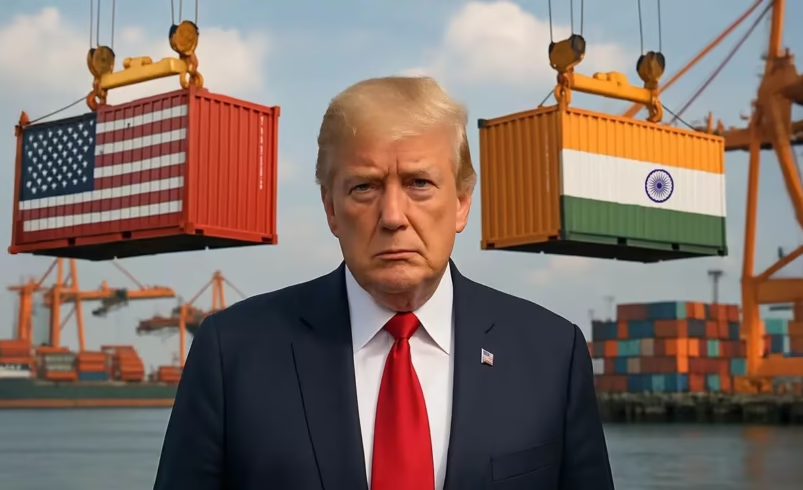Impact of Trump’s 50% Tariff on Indian Economy: An In-Depth Analysis
- August 6, 2025
- 0

The recent decision by US President Trump to impose a 50% tariff on Indian exports has sent ripples through the global economic landscape. This move, primarily triggered by India’s continued purchase of Russian oil, adds an additional 25% tariff on top of existing duties. The sectors most vulnerable to this change include textiles, marine products, and leather goods, which are significant contributors to India’s export economy.
The textile industry, a cornerstone of India’s export market, faces substantial challenges due to increased costs that could make Indian products less competitive in the US market. Similarly, the marine sector, which relies heavily on exports to the United States, may experience reduced demand as prices rise. The leather industry is also at risk, potentially leading to decreased production and job losses.
Experts suggest that these tariffs are a strategic pressure tactic by the US amidst ongoing trade negotiations. The increased tariffs could hinder India’s GDP growth by reducing export revenues and straining bilateral trade relations. This economic pressure comes at a time when India is striving to strengthen its global trade partnerships and boost economic growth.
The imposition of these tariffs highlights the complexities of international trade relations and the impact of geopolitical decisions on economic policies. As India navigates these challenges, it must balance its energy needs with maintaining favorable trade terms with major partners like the United States.
India’s response to these tariffs will be crucial in determining its future economic trajectory. Policymakers must consider strategies to mitigate the impact on affected sectors while continuing negotiations to resolve trade tensions. The outcome of these efforts will significantly influence India’s economic stability and growth prospects in the coming years.